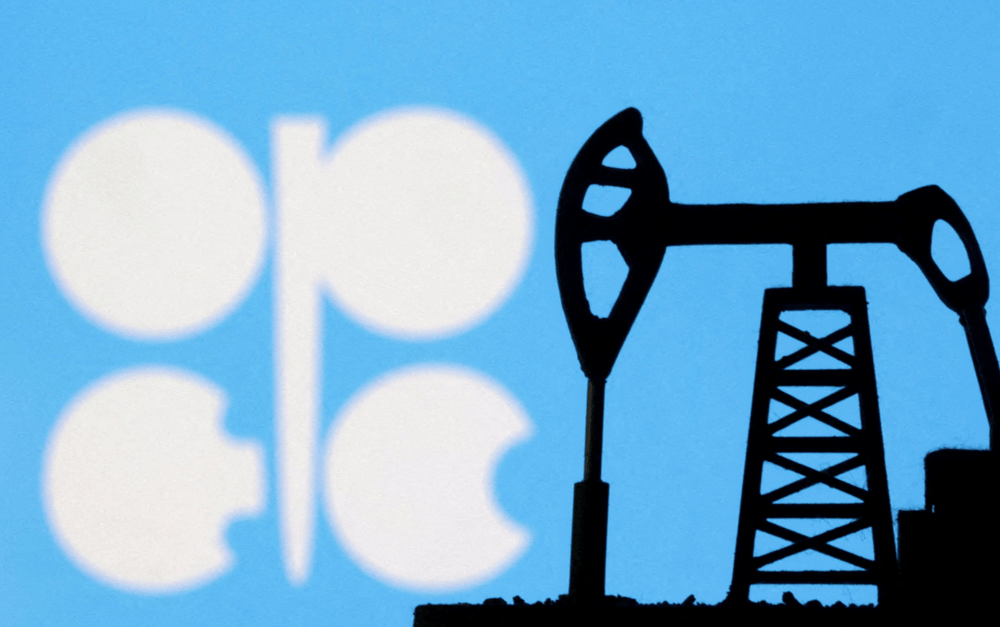Oil Prices Fall on OPEC+ Supply Concerns and Trade Tariff Tensions
Asian oil markets experienced a modest decline on Wednesday as renewed concerns about increased production from the OPEC+ alliance and ongoing global tariff tensions weighed on investor sentiment. Despite underlying fears about potential supply disruptions from Canada and Iran, bearish pressures prevailed amid uncertainty over macroeconomic headwinds.
Brent crude futures dipped by $0.23 (–0.4%) to $65.40 per barrel, while U.S. West Texas Intermediate (WTI) fell $0.25 (–0.4%) to $63.16 per barrel by 03:18 GMT. The retreat followed Tuesday’s rally, when both benchmarks surged nearly 2% to a two-week high due to wildfires in Canada and geopolitical friction surrounding Iran's nuclear negotiations.
Trade Frictions, OPEC+ Strategy, and Supply Constraints
The decline in crude prices reflects a complex interplay of market forces. On the one hand, elevated risks from trade protectionism—particularly the prospect of new U.S. tariffs—have cast a shadow over global demand projections. As tariffs raise costs and reduce international trade volumes, energy consumption expectations are being revised downward.
Simultaneously, investors are closely watching signals from OPEC and its allies, which may be preparing to ease voluntary supply cuts in response to earlier price increases. A potential ramp-up in production from major exporters like Saudi Arabia and Russia could pressure global oil balances.
Nevertheless, market losses were capped by near-term risks to supply. Wildfires in Alberta, Canada, have threatened infrastructure and temporarily reduced crude output. Meanwhile, negotiations over Iran’s nuclear program remain in a deadlock, with Tehran likely to reject the U.S. proposal—delaying any significant increase in sanctioned Iranian oil entering global markets.

Quick Facts
Brent crude dropped 0.4% to $65.40/barrel by 03:18 GMT.
WTI crude fell 0.4% to $63.16/barrel.
OPEC+ output expectations increased bearish pressure.
Canada wildfires triggered short-term supply disruption fears.
U.S.–Iran nuclear deal remains unresolved, limiting Iranian export potential.
Tariff tension between U.S. and key partners weakened demand sentiment.
Market Sentiment and Expert Insights
The oil market remains highly sensitive to shifts in geopolitical and supply-side narratives. Recent gains were largely speculative, driven by disruptions in Canada and the perceived impasse over the Iranian nuclear accord. However, the underlying trend remains fragile due to softening demand outlooks fueled by trade policy risks.
Analysts noted that the uncertainty around the U.S.–China tariff confrontation continues to suppress risk appetite across commodities. The potential expansion of U.S. sanctions or retaliatory tariffs from global trade partners may further undermine the economic recovery and global oil demand forecasts.
Additionally, the possibility of OPEC+ unwinding production cuts has introduced a counterbalance to temporary supply shocks. Despite short-term bottlenecks, expectations of increased output from the Middle East and Russia are contributing to bearish sentiment in futures markets.

Key Takeaways
Crude prices retreated as OPEC+ signaled a possible increase in production.
Geopolitical friction, including U.S.–China tariffs and Iran tensions, clouded market direction.
Supply disruptions in Canada offered limited support but were seen as short-term.
Demand outlook weakened amid concerns over macroeconomic slowdown.
Market volatility likely to persist until clarity emerges on trade and production strategy.
Oil Market at Crossroads Amid Mixed Supply and Demand Signals
The midweek dip in Brent and WTI crude prices highlights the oil market’s vulnerability to both macroeconomic and geopolitical pressures. While near-term supply constraints have provided temporary support, the prospect of increased OPEC+ output and weakened global demand linked to tariff escalations present a bearish undertone.
With no clear resolution in sight regarding Iranian exports or global trade policy, volatility is expected to persist. Investors are likely to remain cautious, watching for developments in production strategy, diplomatic talks, and U.S. economic indicators that could reshape oil’s short-term trajectory.















Comments